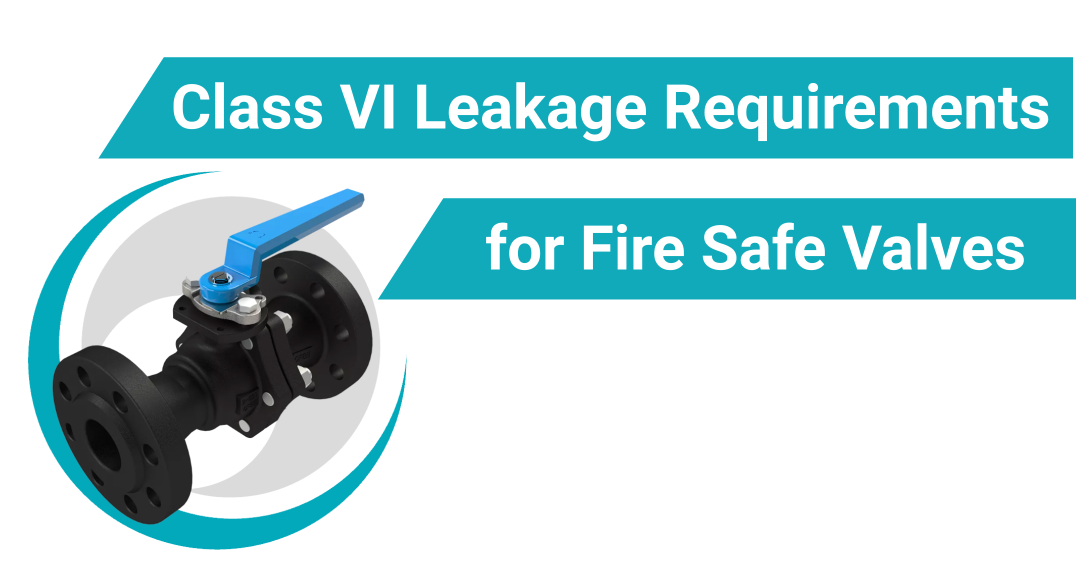Class VI Leakage Requirements for Fire Safe Valves
06.30.2025 |

- Overview: What Is Class VI Leakage?
- What Makes a Valve Fire-Safe?
- Relevant Standards: API 607
- Do Fire Safe Valves Need Class VI Leakage Ratings?
- Leakage Testing for Fire Safe Valves
- Matching Leakage Class to Fire-Safe Performance
Overview: What Is Class VI Leakage?
Class VI leakage refers to a very tight shutoff standard, typically specified for high-performance control valves where minimal leakage is crucial. Class VI valves are bubble-tight when tested with air or nitrogen at low pressure, with very low permissible leakage rates.
Learn more about the basics in our Complete Guide to Valve Leakage Classes.
What Makes a Valve Fire-Safe?
Fire-safe valves are designed to retain sealing capability in the event of a fire. Standards like API 607 specify fire testing procedures to ensure that valves maintain containment even if soft sealing components degrade.
Fire-safe performance does not guarantee tight shutoff under normal operating conditions—it refers specifically to the valve's ability to limit leakage during and after a fire.
Relevant Standards: API 607
- API 607: Specifies fire testing for quarter-turn valves equipped with soft seats, commonly used with ball and butterfly valves. It evaluates external and seat leakage after flame exposure.
While fire testing ensures a valve’s performance in extreme conditions, it does not replace the need for specified shutoff performance during normal operation.
Do Fire Safe Valves Need Class VI Leakage Ratings?
Not always. Fire-safe certification (like API 607) does not imply a valve has Class VI shutoff performance, and vice versa. However, in many applications—such as critical services handling flammable media—specifiers may require both:
- Class VI leakage under normal operating conditions
- API 607 certification for fire event resilience
It's essential to understand that these are separate capabilities, often requiring design tradeoffs or dual-seat technologies.
Leakage Testing for Fire Safe Valves
Valves are tested separately for leakage class and fire safety. A valve can be:
- Fire-safe per API 607, but not necessarily bubble-tight in normal service
- Bubble-tight for Class VI leakage, but not rated for fire safety
When both capabilities are needed, manufacturers may design valves with metal backup seating, spring-loaded seals, or dual-material seat systems.
Matching Leakage Class to Fire-Safe Performance
Fire safety and leakage class serve different purposes. Specifying both requires coordination between safety compliance and process performance. If you're working with critical or hazardous systems, consult with manufacturers to ensure the valve meets both Class VI leakage and API 607 fire-safe standards.
Need help specifying the right valve for your application? Talk to our team for support.

